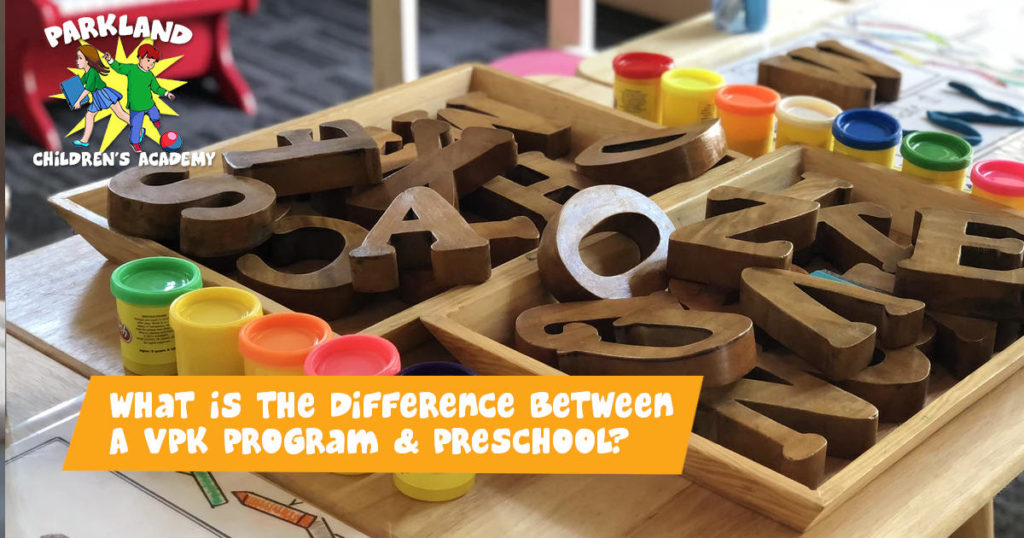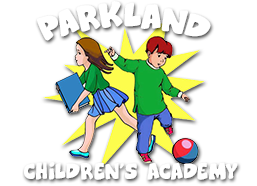
Preschool and the Voluntary Pre-Kindergarten (VPK) program are both important parts of early childhood development. Both forms of early childhood education aim to encourage children to cooperate with their peers, think critically and communicate effectively. They encourage learning through play in classrooms designed to stimulate young minds, while simultaneously guiding social and emotional growth in young children.
Although both preschool and VPK programs offer benefits, knowing the difference between the two can help you decide when and how your child’s educational journey will begin. Below we discuss the importance of early childhood development and the difference between preschool and VPK.
The Importance of Early Childhood Development
Research has shown that 90% of a child’s brains develops before they reach kindergarten. This means that there are roughly five years in which children should be exposed to positive learning techniques that will stay with them into adulthood.
Curriculums focused on science, technology, engineering and mathematics (STEM) along with social and emotional development allow young children to develop holistically. Some early childcare centers appreciate this and have created fun and educational infant daycare programs to achieve this.
The Difference Between Preschool & VPK
Below are the three major differences between preschool and VPK.
1. Children’s Ages
The greatest difference between preschool and VPK are the ages of children attending.
Preschool children are between the ages of 2-4 years old. While VPK attendees are aged 4-5 years old. These two age groups are at greatly different developmental stages and this impacts the level of care they require by educators. Preschool children need to focus on strengthening their vocabulary, social and motor skills.
Most preschoolers are new to structured educational programs and could still battle with adjustment of spending more time away for their primary caregivers. At VPK this is different. Children have progressed from preschool and need to strengthen listening and interpersonal skills. At VPK level, children have been exposed to structure and are ready to engage with more complex learning concepts.
2. Curriculums
Young children learn through play. This is how they discover the world around them and make lasting connections that support their future studies. The preschool curriculum and VPK both use play as a learning tool, but they do so in different ways.
Preschool activities center around introducing concepts through means familiar to the children, similar to what parents are encouraged to do at home with their young children. These activities include art projects, recognizing numbers and letters, focus on manners and incorporating science projects such as recognizing the seasons.
VPK builds on the foundations set by preschool. Focus is still on STEM in early education, but soft skills that prepare children for big school are included too. These include preparing children to sit for longer periods of time, guided activities that help them follow instructions and how to work in a team.
3. Cost
In Florida, VPK is a free for all qualifying children, while preschool is not. All children who turn four before or on September 1 in their first year of VPK qualify for the free program. Children are to be registered with the Early Learning Coalition (ELC) and once issued with a certificate; they can attend a registered VPK.
Preschool & VPK Programs In Parkland
Finding the appropriate preschool and VPK for your young child is not an easy decision. Consideration must be given to the school’s facilities, the appropriate use of technology in early childhood development and one that has a low child to teacher ratio.
At Parkland Children’s Academy we value early childhood development and have created creative and education programs that encourage children to reach their developmental goals. Our preschool and VPK programs are designed with STEM and your child’s social and emotional well-being in mind. Contact us today at 954-688-5877 to arrange a visit to our facility.
